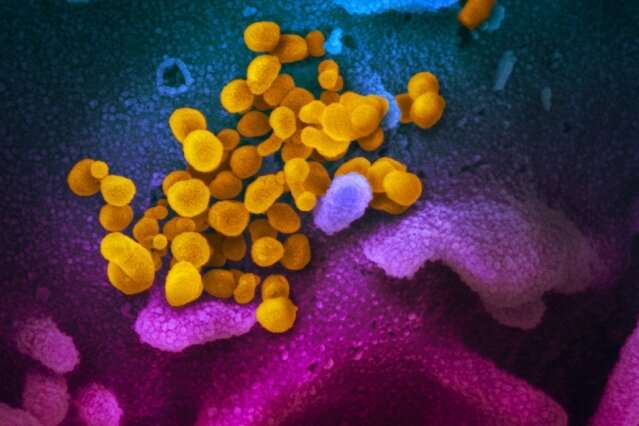
The COVID-19 pandemic has continued to cause dramatic shifts in the practice of otolaryngology. Even with standard precautions such as physical distancing and wearing personal protective equipment, aerosol-generating procedures such as nasolaryngoscopy (a commonly performed in-office procedure in which a soft, flexible fiber-scope is passed through the nose and into the throat) and intranasal instrumentation were determined to carry a risk of potential transmission if not adequately protected.
In an effort to mitigate exposure to these airborne particles, researchers from Boston University School of Medicine (BUSM) designed and tested a prototype nasolaryngoscopy hood, worn by the patient that offers safe and effective protection in reducing aerosols exposures.
In order to test the efficacy of the hood, a particle counter was used to calculate the average number of 0.3-mm particles/L detected during various clinical scenarios that included sneezing, nasolaryngoscopy, sneezing during nasolaryngoscopy and topical lidocaine spray administration. Experiments were repeated to compare the effectiveness of the hood versus no protection.
When no patient barrier (hood or mask) was used, a significant increase in aerosols was detected during sneezing, sneezing during nasolaryngoscopy and topical spray administration. With the hood was in place, the level of aerosols returned to baseline levels in each scenario.
“This simple intervention allows patients to undergo routine flexible nasal laryngoscopy, even with topical lidocaine spray administration, with less risk to the provider,” explained corresponding author Christopher Brook, MD, assistant professor of otolaryngology—head and neck surgery at BUSM. “If a patient begins to sneeze during the examination, our data suggest that providers will remain protected through the use of the hood,” he added.
Source: Read Full Article
